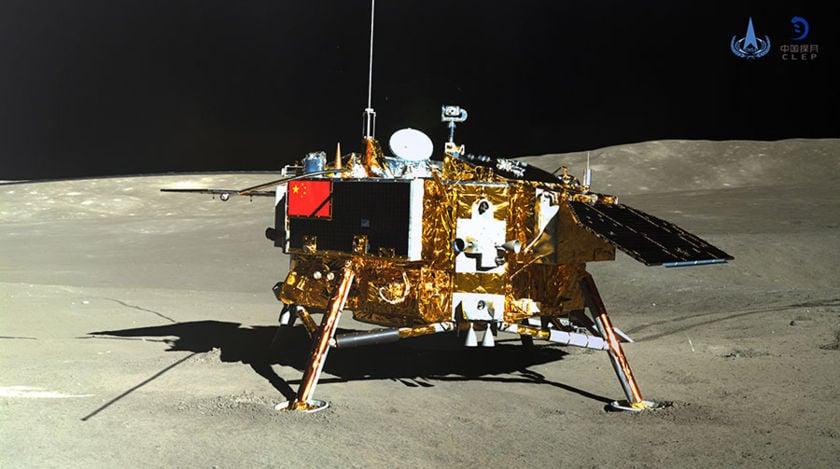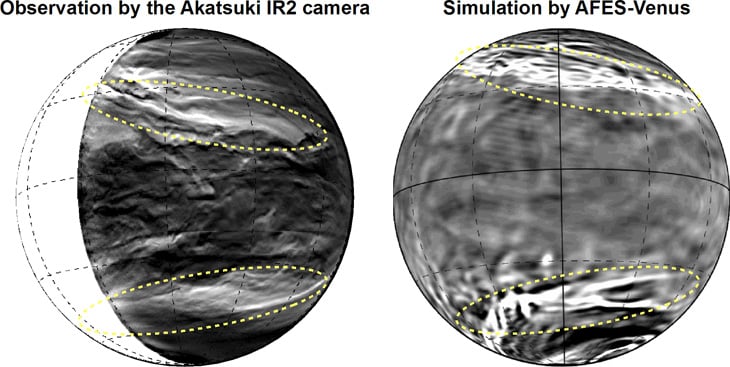There's Life on the Moon! China's Lander Just Sprouted the First Plants

The Chang'e-4 mission accomplished another first by being the first mission to grow plant life on the Moon. Unfortunately, the experiment was short-lived.
Continue reading
The Prototype for the Starship has been Assembled, Hop Tests Could be Happening Soon

Jupiter Meets Venus at Dawn in a Close Conjunction

Titan's Thick Clouds Obscure our View, but Cassini Took these Images in Infrared, Showing the Moon's Surface Features

A New Technique to Figure Out How Old Stars Are

Bizarre Double Star System Flipped its Planetary Disk on its Side

An international research team recently found a binary star system with a debris disk that orbits around their poles.
Continue reading
Incredible Descent Video of the Chinese Lander to the Lunar Far Side

Habitable Planets Around Red Dwarf Stars Might not get Enough Photons to Support Plant Life

A new study shows that planets orbiting red dwarf stars may not get enough radiation to support photosynthesis.
Continue reading
Messier 76 - the NGC 650/651 Planetary Nebula

Located in the Perseus constellation, about 2,500 light years from Earth, is the planetary nebula known as Messier 76.
Continue reading
Astronomers See the Exact Moment a Supernova Turned into a Black Hole (or Neutron Star)

Astronomy Cast Ep. 513: Stellar Fusion
Neutrino Telescopes Look Deep in the Earth and Deep into Space

Neutrino telescopes are another kind of telescope to go alongside telescopes for visible light, x-rays, infrared, ultraviolet, microwave, radio, gamma ray and gravity waves.
Continue reading
Giant Streak Structure Found in Venus' Cloudtops

In the far Future our Sun will Turn Into a Solid Crystalline White Dwarf. Here's How it'll Happen

New research using some of the latest Gaia mission data has revealed what happens to stars like our Sun once they become white dwarfs.
Continue reading
Uh oh, Hubble's Wide Field Camera 3 is Down

Canadian Telescope Finds 13 More Fast Radio Bursts Including the Second One Ever Seen Repeating

Our Complete Guide to the January 21st Total Lunar Eclipse

Extreme Bacteria on the Space Station are Evolving to Handle the Harsh Conditions, not to Make Astronauts Sick

A new study conducted by researchers from NWU has shown that bacteria do not mutate into super bugs.
Continue reading
Bad News. Planets Orbiting Red Dwarfs Might not have the Raw Materials for Life

 Universe Today
Universe Today